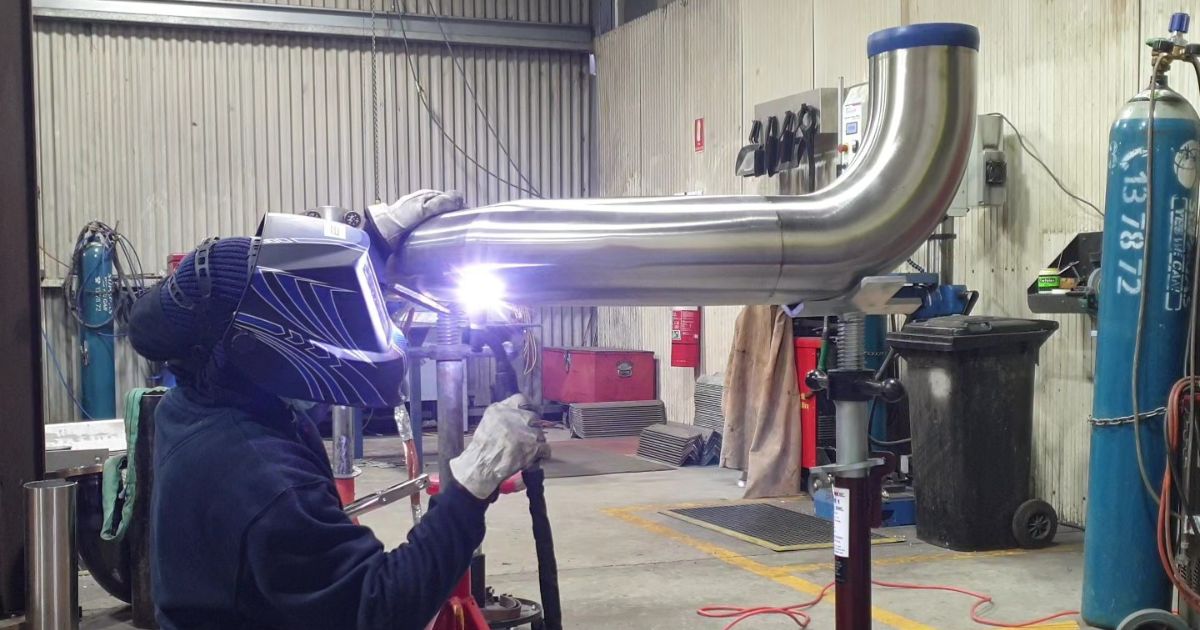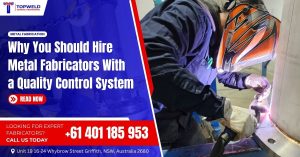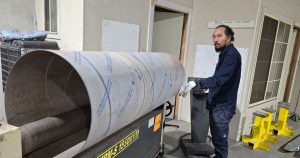Introduction
Stainless steel is one of the most widely chosen materials for metal fabrication because it combines performance, longevity and aesthetic appeal. For fabricators and end users alike, the advantages of using stainless steel for metal fabrication go beyond a single benefit — they span durability, corrosion resistance, hygienic properties, ease of finishing and strong lifecycle value. This article explains those advantages in detail and helps clients understand when stainless steel is the right choice for their project.
1. Strength and long-term durability
Stainless steel offers excellent mechanical strength for its weight, giving fabricated parts high load capacity and resistance to wear. In practical terms this means frames, supports, tanks and structural components typically withstand heavy use and mechanical stress with minimal deformation. For clients, that translates to fewer replacements and lower lifecycle disruption — a critical consideration for industrial installations where downtime is costly.
2.Outstanding corrosion resistance
A defining feature of stainless steel is its natural ability to resist corrosion. A thin, self-repairing oxide layer forms on the metal surface, protecting the underlying material from rust and environmental attack. This passive layer explains why stainless steel performs reliably in wet, coastal or chemically aggressive environments. Choosing stainless steel reduces the need for frequent protective coatings and delivers longer service life in exposed applications.
3. Hygienic properties for food, pharma and healthcare
Stainless steel’s smooth, non-porous surface makes it inherently hygienic and easy to clean — ideal for food processing, beverage, pharmaceutical and medical equipment. It does not harbour bacteria in the way some porous materials can, and it withstands repeated wash-downs, sanitisation and chemical cleaners without degrading. For businesses with strict hygiene requirements, stainless steel simplifies compliance and helps maintain product safety.
4. Low maintenance and cost-effectiveness over time
While stainless steel may have a higher initial material cost compared with some alternatives, its low maintenance requirements quickly offset that difference. The minimal need for painting, re-coating or complex corrosion control reduces ongoing operating expenses. When total cost of ownership is calculated — factoring maintenance, replacement cycles and downtime — stainless steel often represents a more economical long-term solution.
5. Aesthetic versatility and finish options
Stainless steel is available in a wide range of surface finishes, from mirror polish to brushed or textured looks, allowing fabricated products to meet both functional and aesthetic briefs. The material ages gracefully and retains a professional appearance with basic care. This versatility makes it popular for architectural features, commercial fit-outs, visible plantroom equipment and consumer-facing products.
6. Fabrication flexibility — form, join and machine with confidence
Modern fabrication shops can cut, press, bend, machine and weld stainless steel reliably. It is adaptable to complex geometries and precise tolerances, enabling one-off bespoke builds as well as repeatable production runs. Weldability and compatibility with standard fabrication techniques let fabricators create strong, accurate assemblies while controlling distortion and ensuring dimensional integrity.
7. Thermal and chemical resistance where required
Stainless steel tolerates a wide temperature range and resists many chemicals, making it suitable for process plant, boilers, heat exchangers and specialised industrial equipment. Its stability under heat and resistance to chemical attack expand the range of working environments where stainless steel can be confidently specified.
8. Sustainability and recyclability
Stainless steel is highly recyclable — recovered stainless scrap can be remelted and reused without significant loss of properties. This recyclability, combined with longevity, reduces the environmental footprint of fabricated items. For businesses pursuing sustainability goals, stainless steel supports circular economy credentials and can contribute positively to procurement and reporting objectives.
8. Long-term value and return on investment (ROI)
Because stainless steel products last longer, require less upkeep and retain value over time, they often deliver better ROI than cheaper alternatives. For critical assets — such as processing equipment, structural elements or public-facing installations — investing in stainless steel reduces lifecycle risk and offers predictable performance that supports operational planning.
9. Typical applications and industries
Stainless steel is used across many sectors because of its broad advantage set. Common applications include food and beverage processing equipment, dairy and abattoir fittings, chemical and water treatment plant, architectural and balustrade work, tanks and vessels, and bespoke commercial joinery. If your project requires hygiene, durability or exposure resistance, stainless steel is usually a strong candidate.
Choosing stainless steel — what to consider
When specifying stainless steel for fabrication, consider the environment (corrosive, coastal, chemical exposure), required surface finish, structural loads, welding and forming needs, and lifecycle expectations. Work with your fabricator to define finish requirements, tolerances and maintenance regimes so the final product meets operational and aesthetic goals without over-specifying materials or processes.
Conclusion
The advantages of using stainless steel for metal fabrication are compelling: durable performance, excellent corrosion resistance, hygienic surfaces, attractive finishes, fabrication flexibility and strong sustainability credentials. While initial costs may be higher than some alternatives, the material’s lifecycle benefits and reduced maintenance burden make it a smart investment for many industrial and commercial projects. For advice on whether stainless steel is right for your next fabrication project, contact Topweld General Engineering — we’ll help you select the optimal solution and deliver it to exacting quality and service standards.




